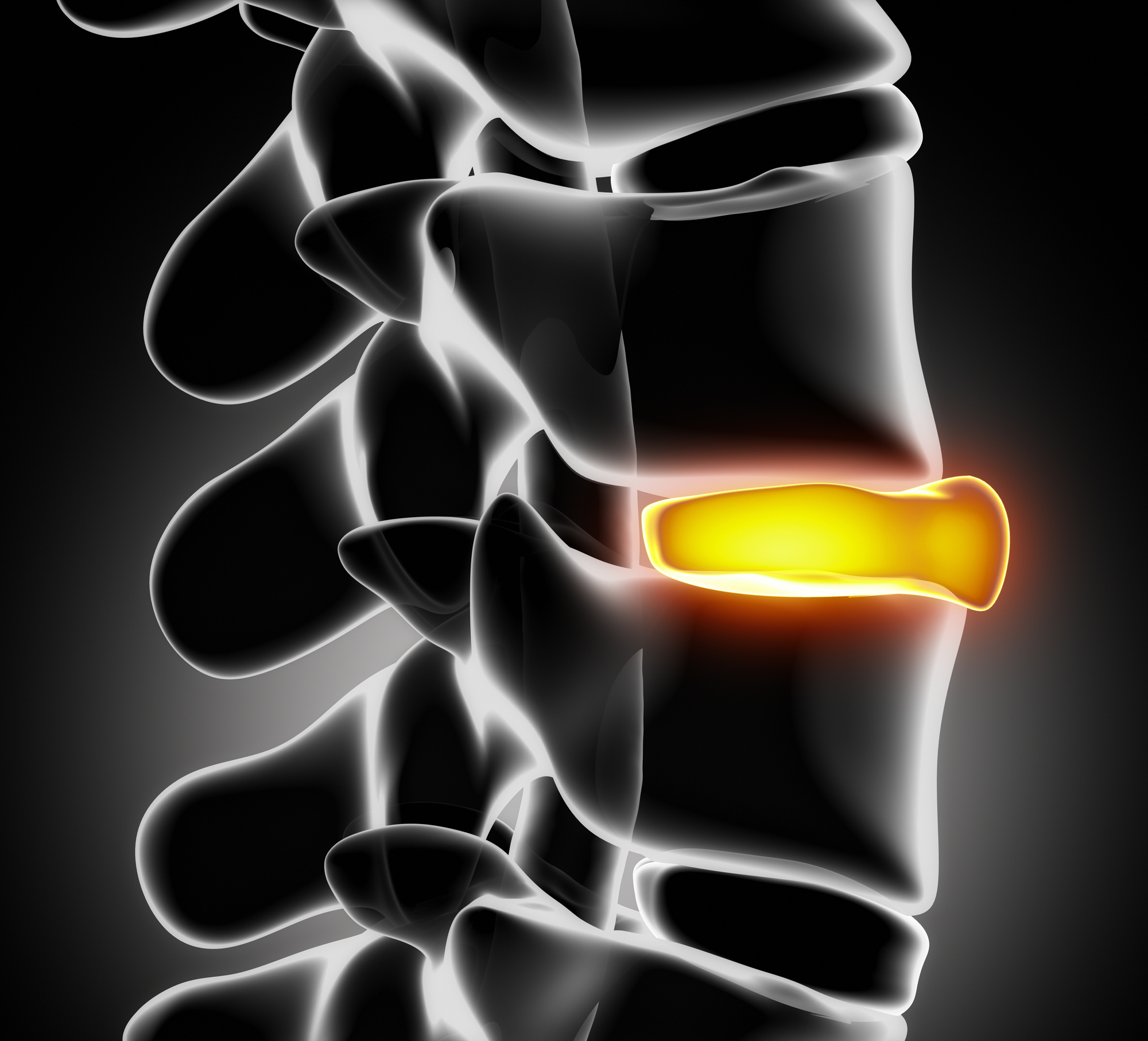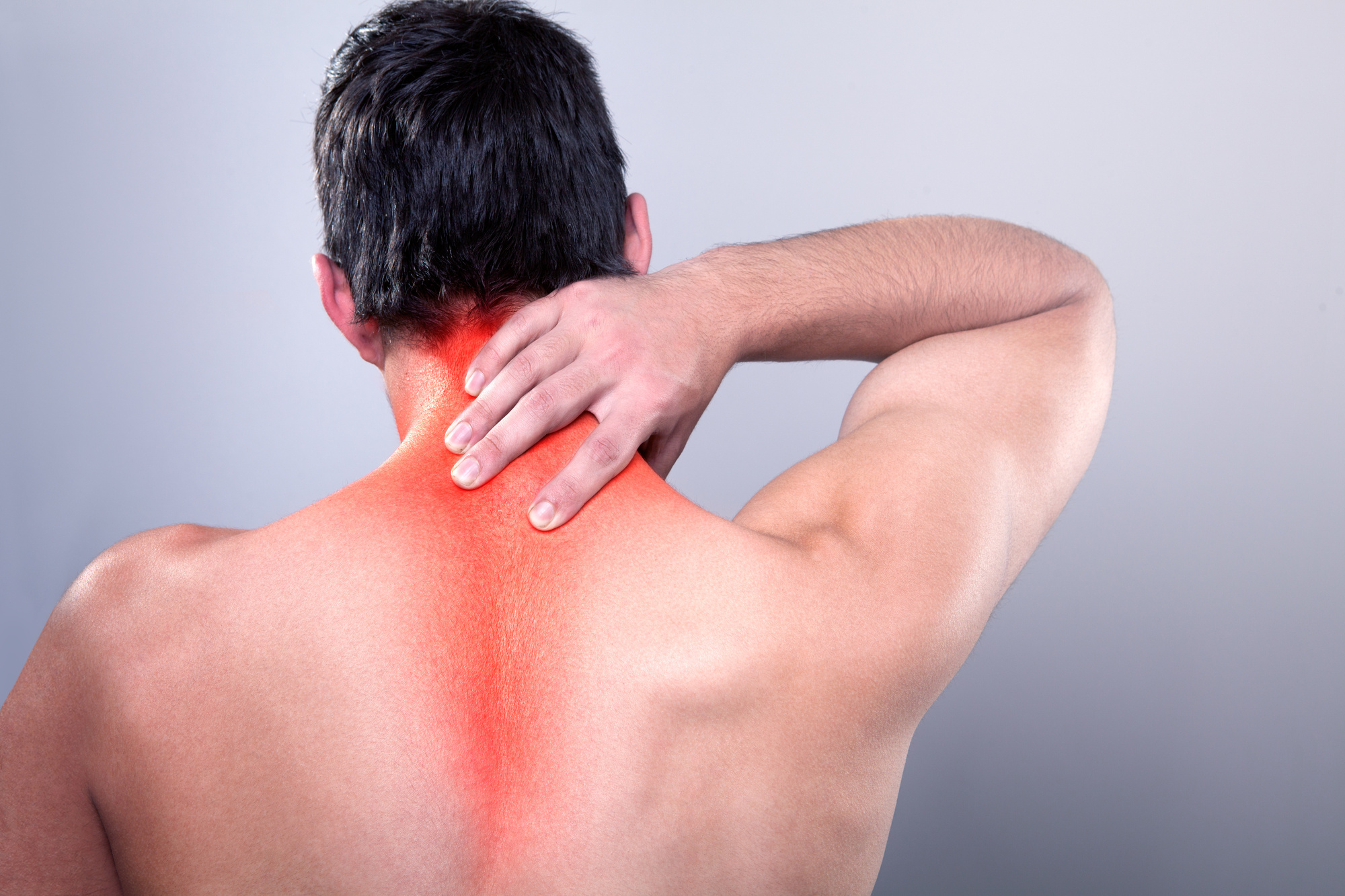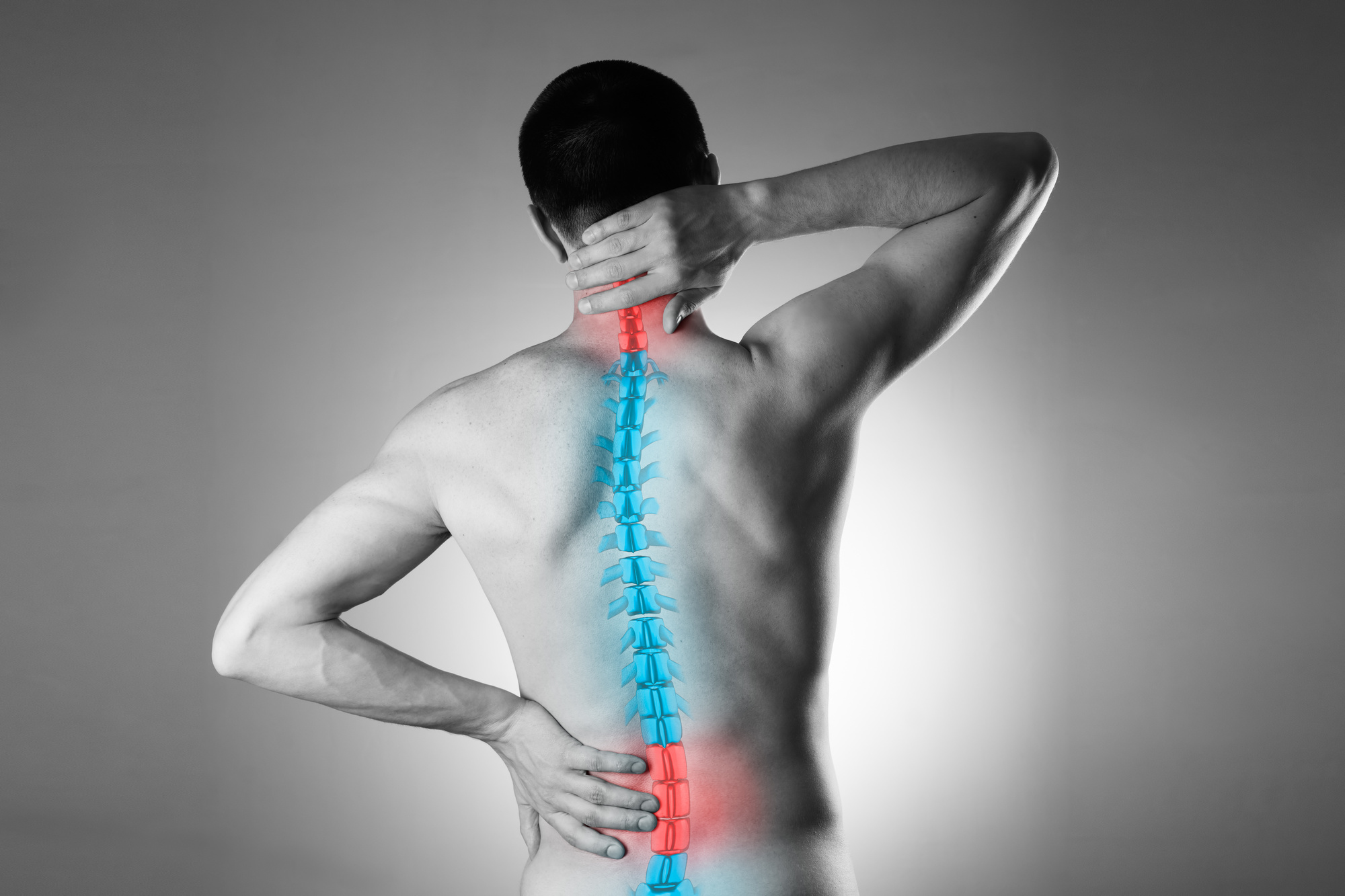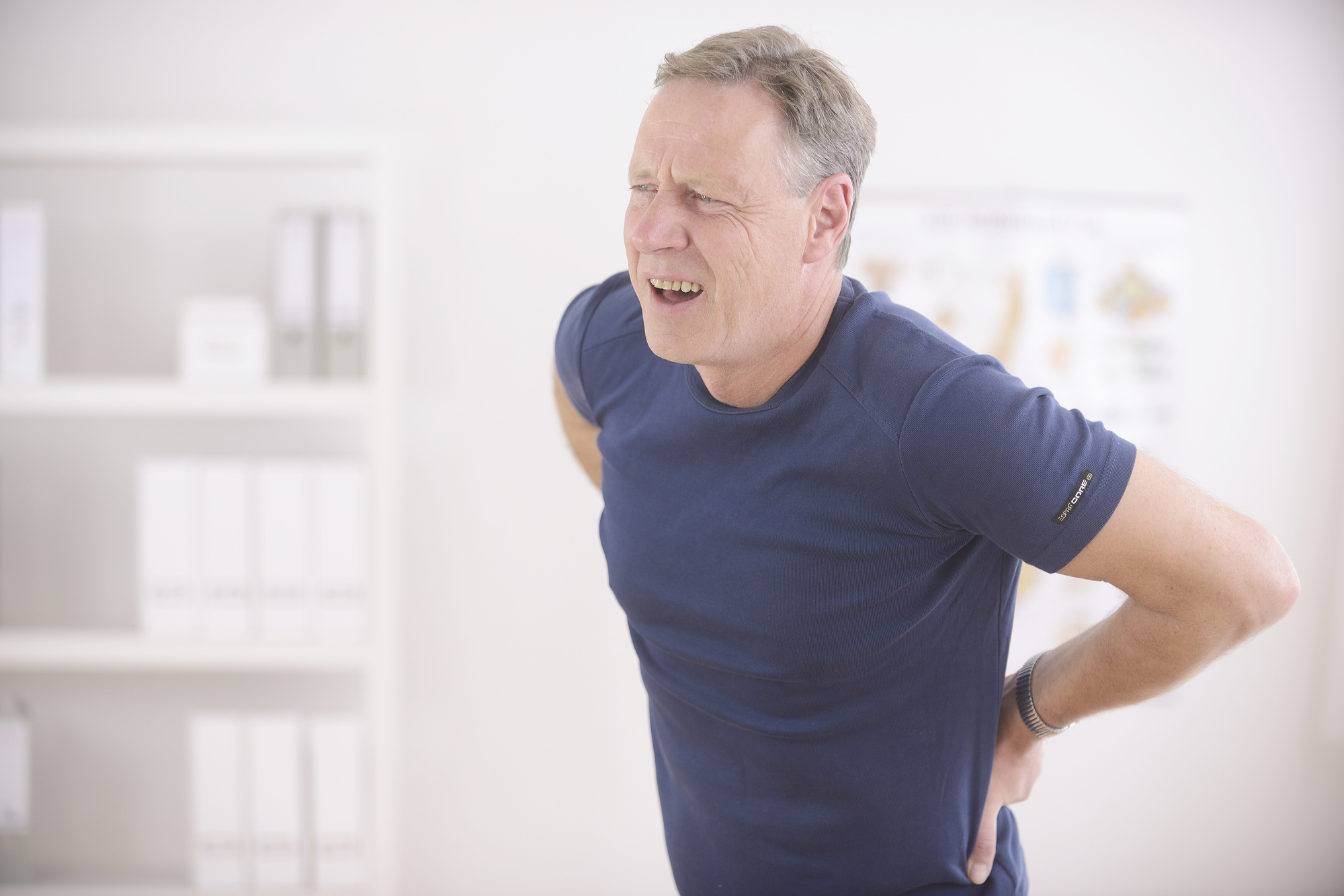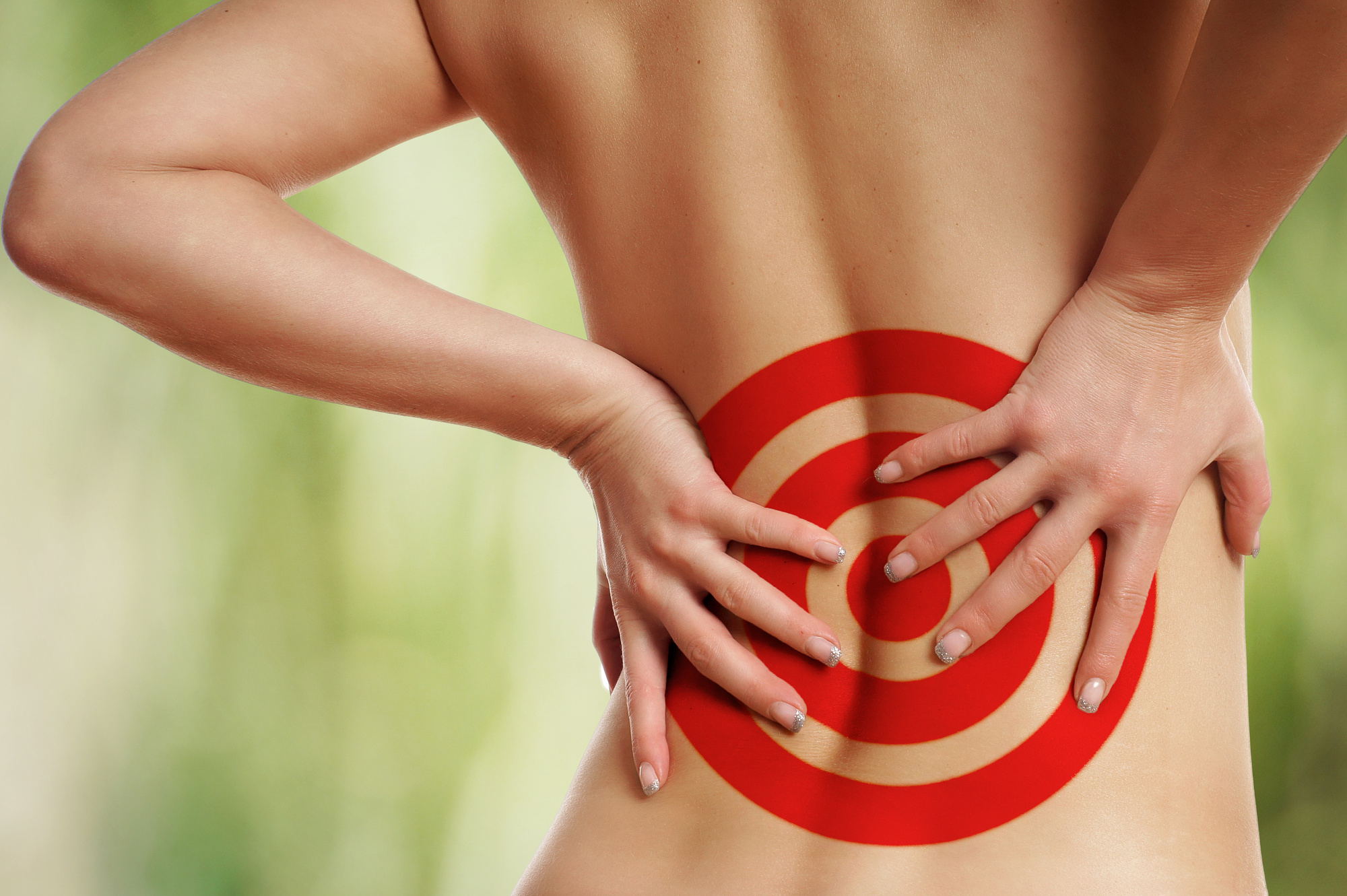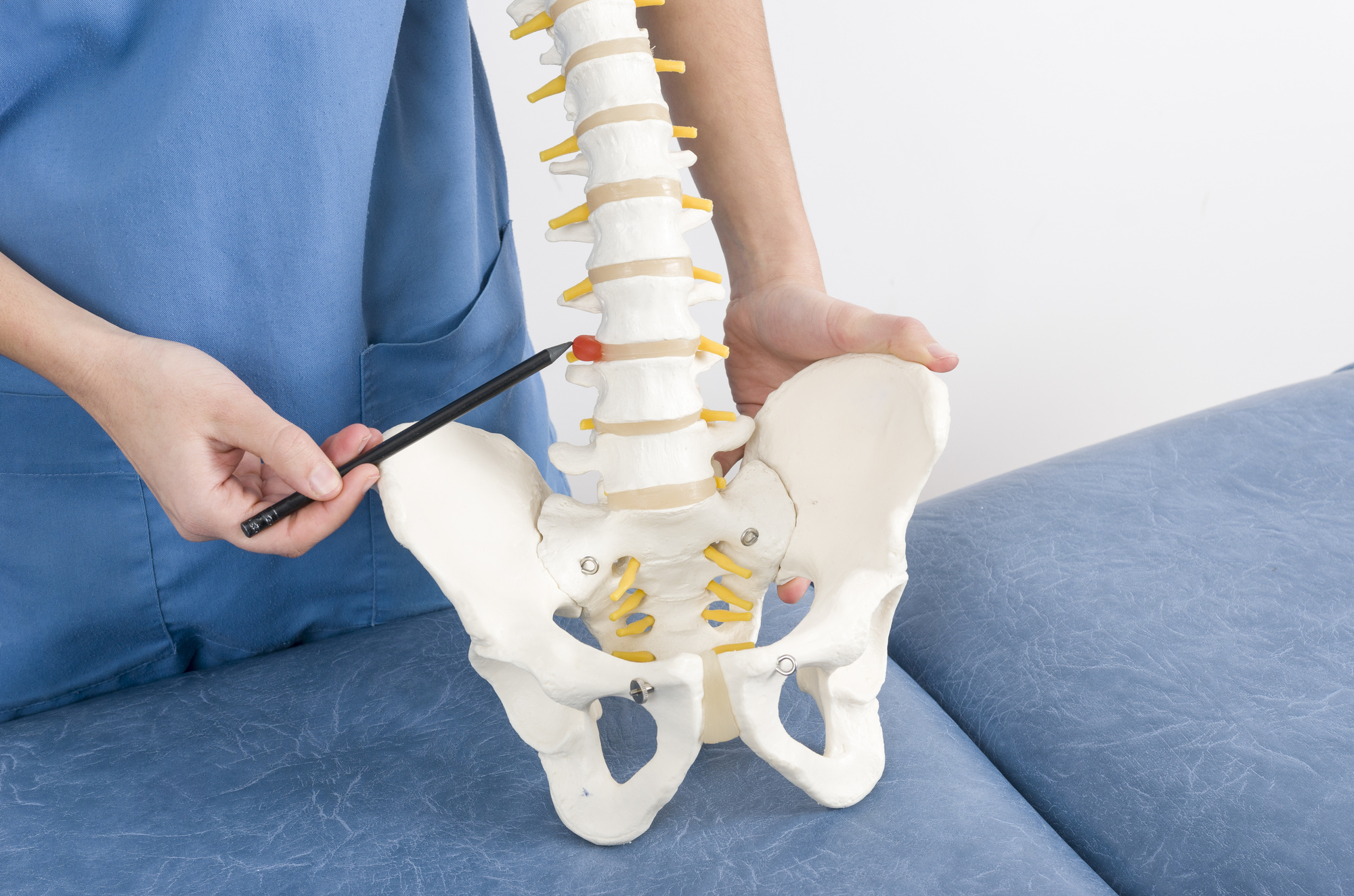5 Signs Your Back Pain May Be Spinal Arthritis
50% of all working Americans deal with back pain symptoms every single year. This doesn’t include the number of young adults who may have scoliosis or a back-related sports injury, or retired or unemployed personnel who also struggle with back pain.
When you think of everyone around you who understands how serious back pain can be, it’s nice to know you’re not alone. But, this doesn’t make the pain go away. You still need to get treatment for the pain you’re dealing with, especially if you think you have a condition like spinal arthritis.
Spinal arthritis causes the protective cartilage of the spine to wear down. This can lead to even more pain in the spine and lack of spinal mobility.
Keep reading to see if you have any of the common signs of spinal arthritis.
1. You Back Pain Is Getting Worse and Worse
The thing about spinal arthritis is that the pain doesn’t just come and go. It’s a constant pain that lingers throughout your day, every day.
The pain may increase and decrease depending on your level of activity or lack thereof. But, it’s still there as you do everything from making breakfast to driving to work, to completing your work out.
More importantly, spinal arthritis in the back causes the pain to get worse.
You may have first experienced pain in the lower back that spread up the spine. Or, you could have noticed a bit of pain in your mid-back at first which has now spread up or down. However it began, if your back pain is spreading on the spine and/or increasing in intensity, you’re likely dealing with spinal arthritis.
2. You Have a Stiff Back
Another sign of spinal arthritis is immobility in the back. If you have trouble bending over or moving your spine side to side, you have a stiff back. This means you feel pain when performing simple tasks – like tying your shoes or lifting a load of laundry.
The stiffness stays with you throughout the day. Even if your back pain goes away when you sit, stand, or lay down for an extended period of time, you feel the stiffness when you try to move and shift positions.
This isn’t something to brush off or feel like you have to live with. It’s a spinal condition worth getting medical attention for as soon as possible.
3. Your Back Pain Causes Trouble Sleeping
Does the back pain you feel throughout the day follow you to bed at night? Is it hard for you to find a comfortable position to sleep in because your spine hurts?
This is another sign of spinal arthritis worth paying attention to. As common as back pain can be, it’s not normal for it to affect your quality of sleep.
Not to mention, a low level of sleep quality can make your back pain even worse. When you sleep poorly, you don’t have as much energy to take on your day. This can result in lower levels of activity and spending more time with your back in a fixed position. It can also lead you to hunch over at work from being groggy, which doesn’t do any good for the spine, either.
4. You Wake up with Back Pain
Maybe it’s not that you have trouble falling asleep because of your back pain but that you feel it the moment you wake up. Maybe you feel it in your sleep and the next morning, too.
Either way, you’re likely dealing with spinal arthritis. Remember, this affects the cartilage of the spine, not the bones themselves (at least, not right away). Lack of cartilage means lack of cushion for the bones.
This could result in a herniated disc or a pinch in the nerves. Cartilage is essential for healthy bone functions and placement. When it starts to degenerate, the surrounding area may inflame and cause more discomfort than the body is already experiencing.
As such, the pain you feel when waking up in the morning is a lowering of the inflammation that occurred during sleep. If the pain lasts throughout the day at a more intense level than normal, it could be that your spinal arthritis has caused a herniated disc, which should be taken care of right away.
5. Other Parts of Your Body Also Hurt
As if all the pain and discomfort caused by spinal arthritis isn’t enough, keep in mind this condition can spread. Pain in the spine may lead to discomfort in the neck or a tingling in the legs.
This tingling can reach as far as your toes if you’re not careful and you go too long without treatment. The tingling may end up as more of a numb sensation throughout your whole leg or it can concentrate in a certain area such as the knee.
Still, there’s no sense in putting yourself through this when help is available.
Get the Help Your Spinal Arthritis Needs
It’s one thing to recognize the symptoms of spinal arthritis and understand you have it, and another to actually get the treatment your spine needs.
Don’t go another day without taking care of your back. Make an appointment with an experienced spinal professional right now to get the treatment you deserve.
Before you know it, your back will feel as good as new and your pain will feel practically nonexistent! Click here to discover more about spinal arthritis and what Dr. Carl Spivak, MD, and his team can do for you.


